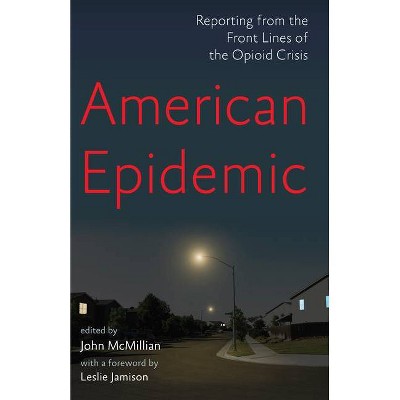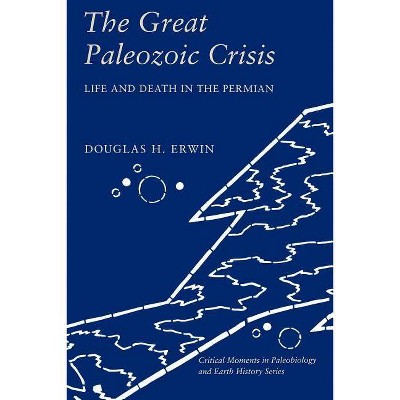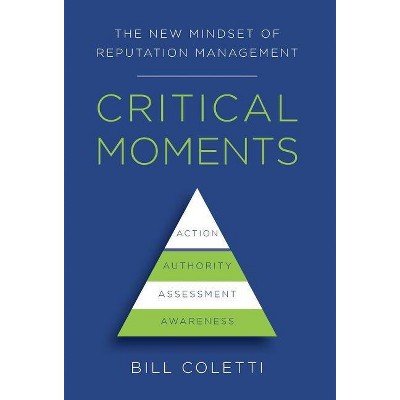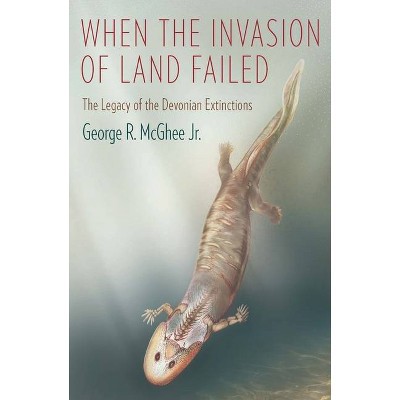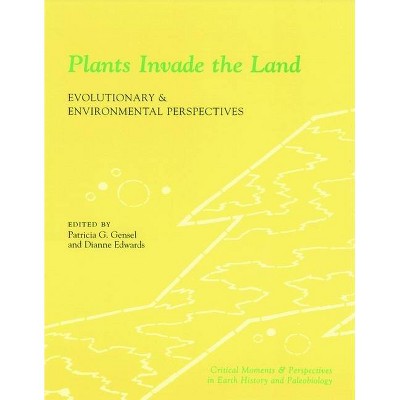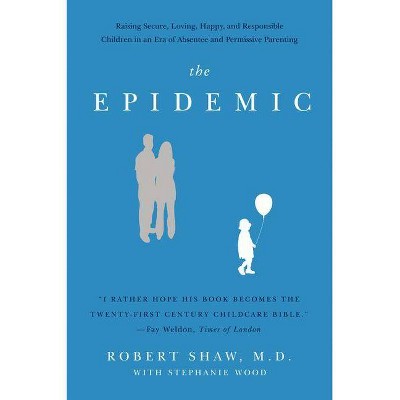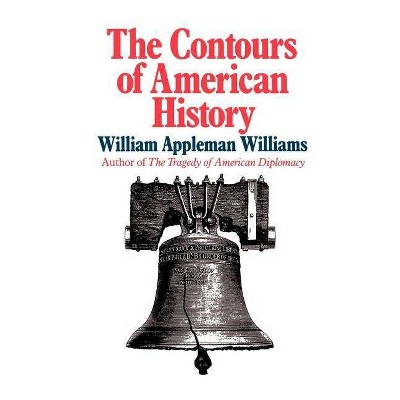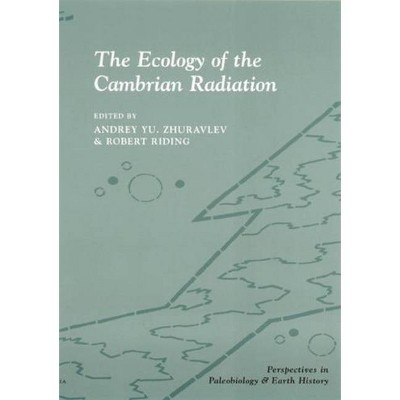The Flu Epidemic of 1918 - (Critical Moments in American History) by Sandra Opdycke (Paperback)
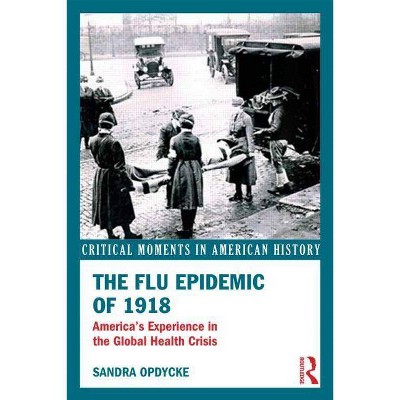
Similar Products
Products of same category from the store
AllProduct info
<p/><br></br><p><b> About the Book </b></p></br></br><p>In 1918, a devastating world-wide influenza epidemic hit the United States. Killing over 600,000 Americans and causing the national death rate to jump 30% in a single year, the outbreak obstructed the country's participation in World War I and imposed terrible challenges on communities across the United States.</p><p>This epidemic provides an ideal lens for understanding the history of infectious disease in the United States. <i>The Flu Epidemic of 1918 </i>examines the impact of the outbreak on health, medicine, government, and individual people's lives, and also explores the puzzle of Americans' decades-long silence about the experience once it was over. In a concise narrative bolstered by primary sources including newspaper articles, eye-witness accounts, and government reports, Sandra Opdycke provides undergraduates with an unforgettable introduction to the 1918 epidemic and its after-effects.</p><p/><br></br><p><b> Book Synopsis </b></p></br></br><p>In 1918, a devastating world-wide influenza epidemic hit the United States. Killing over 600,000 Americans and causing the national death rate to jump 30% in a single year, the outbreak obstructed the country's participation in World War I and imposed terrible challenges on communities across the United States.</p> <p>This epidemic provides an ideal lens for understanding the history of infectious disease in the United States. <i>The Flu Epidemic of 1918 </i>examines the impact of the outbreak on health, medicine, government, and individual people's lives, and also explores the puzzle of Americans' decades-long silence about the experience once it was over. In a concise narrative bolstered by primary sources including newspaper articles, eye-witness accounts, and government reports, Sandra Opdycke provides undergraduates with an unforgettable introduction to the 1918 epidemic and its after-effects.</p> <p><em>Critical Moments in American History</em> is a series of short texts designed to familiarize students with events or issues critical to the American experience. Through the use of narrative and primary documents, these books help instructors deconstruct an important moment in American history with the help of timelines, glossaries, textboxes, and a robust companion website.</p><p/><br></br><p><b> Review Quotes </b></p></br></br><br><p>"Elegantly written, and filled with stunning original documents, <i>The Flu Epidemic of 1918</i> now takes its place as the most readable and comprehensive account of this vitally important subject. I'm anxious to use it in my classes, and I recommend it to everyone interested in the impact of disease on history and public health."</p> <p>-- David M. Oshinsky, author of <i>Polio: An American Story</i>, winner of the Pulitzer Prize in History</p> <p>"It is invaluable to see the 1918-1919 influenza pandemic so effectively integrated into the social, medical, and military history of the period. Readers will be captivated by the pandemic's many stories and compelled by its tragedy."</p> <p>- Esyllt Jones, editor of <i>Epidemic Encounters: Influenza, Society, and Culture in Canada, 1918-1920</p></i> <p>"In this fascinating book Sandra Opdycke asks how what is arguably the most devastating disease event of the 20th century has largely escaped public view. While a few other books reflect on this as a medical event, Opdycke integrates social, political and medical history in a seamless story of early twentieth century culture and society."</p> <p>- David Rosner, editor of <i>The Contested Boundaries of American Public Health</i></p> <p>"This book by Opdycke (Vassar College), like other volumes in the series, 'Critical Moments in American History, ' has two educational purposes. It assembles from the best scholarly research a coherent, cogent narrative of America coping with a world war and an influenza epidemic in the fall and winter of 1918 and 1919. It is also designed as a tool for budding historians. Primary source documents and suggested readings constitute most of the appendix and show some of the historiography of the event. Students are encouraged to study them to learn how to read and question primary sources and then to formulate from them historical conclusions. Among the book's other strengths is situating the epidemic in a global context, rather than just focusing on the American event. The author poses open questions, including the most worrisome: will there be another epidemic as horrible as the one in 1918 and will the world--let alone the US--be able to cope with it? Summing Up: Highly recommended." </p> <p>-- <em>CHOICE</em></p><br><p/><br></br><p><b> About the Author </b></p></br></br><strong>Sandra Opdycke</strong> is the Associate Director at the Institute for Innovation in Social Policy at Vassar College.
Price History
Cheapest price in the interval: 46.95 on October 27, 2021
Most expensive price in the interval: 46.95 on February 4, 2022
Price Archive shows prices from various stores, lets you see history and find the cheapest. There is no actual sale on the website. For all support, inquiry and suggestion messagescommunication@pricearchive.us

